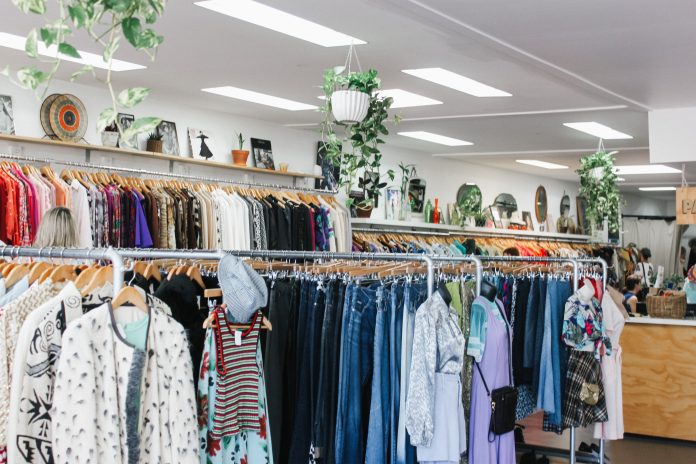Thrift stores are making a big comeback for a variety of reasons. Obviously, the economy makes it necessary to find clothing and furniture at fair prices, especially for larger families on a tight budget. The difference between paying $30 for a shirt versus paying $5 can help them afford six for the price of one. Another reason is that like with many things throughout history, the pendulum swings and everything old is new again. Young millennials are interested in vinyl records and bowler hats. One more very obvious but perhaps overlooked fact is that there isn’t anything “greener” than recycling everything from spoons to used books and all things in between. Many people spend much of their weekends making the rounds to their favorite thrift stores and even enjoy visiting new ones when they are out of town on their vacations. When executed correctly with the right location, proper suppliers, and secure storage, success could be as easy to find as those perfectly broken-in jeans.
Convenient and Creative Location
Neither snow nor sleet will keep a thrift store enthusiast away from a good deal. However, difficult parking and out of the way locations might. When selecting the best area and building to start your business consider some important aspects:
- Close proximity to other thrift stores; this ensures a visit from patrons of other shops
- A main street setting so customers can park in one place and visit you while they walk
- Good lighting and large storefront windows
- Large, open spaces for themes and clothing racks
- Extra rooms for books and antiques
- A large back area to receive and process goods with a bathroom for patrons and workers
Low Cost and Free Suppliers
Now just where does one find suppliers for a thrift store, especially in the beginning? Getting the word out long before you open the doors is the first step. Meet together with other local businesses and resources to let them know what your store will be doing. Consider providing services to the local resources that help struggling families and those facing challenges. The community is more willing to donate to a shop that gives back. Once you establish a good reputation, you will easily compete with even the biggest names in second-hand stores. Reach out to your own organizations like churches, clubs, neighbors, and friends. People are always purging their belongings and looking for somewhere to give them away. Look for estate and garage sales and offer to pick up the leftovers after the sale. It’s a great way to help them, get goods for your inventory, and build a relationship for the next sale.
Essential and Safe Storage
Believe it or not, the day comes when the store is full of great items and there is an overflow of donations or purchases. People moving or downsizing as well as those wanting to clear out their own garages often arrive with truckloads of goods. You have to be ready to receive these and put them somewhere either after processing them or to stage them until you can. Planning for storage with containers like SteelMaster Buildings on your own property or checking into local storage units before you open your doors is paramount.
The storage you select has to be sealed and safe from moisture damage and pests. It has to stand up to extreme weather conditions and provide the optimum amount of storage space so you can easily store and access your items on a daily basis without fear of damaging your supplies.
The potential to survive and actually make a living while making a difference exists in the form of a thrift store. When done correctly, the right location, supplies, and safe storage help you become successful at giving great deals to the community and visitors while earning you a fun and green living.
Find a Home-Based Business to Start-Up >>> Hundreds of Business Listings.

















































